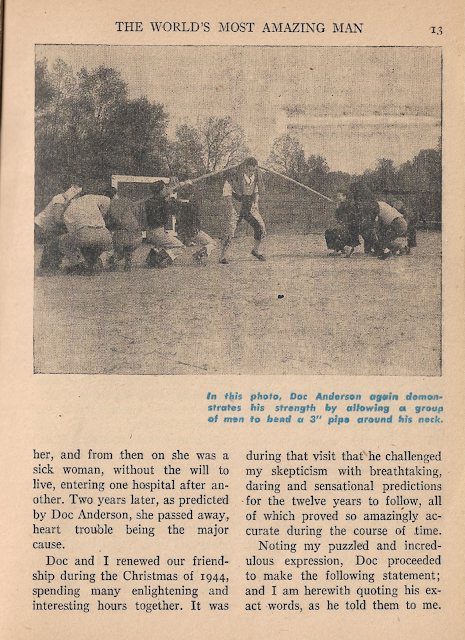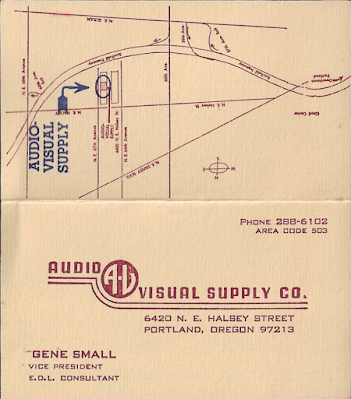One more time! Warren Smith scrapes the last bit of ore from this vein with a final treasure hunting guide, coming after his Finders Keepers and buddy Brad Steiger's Treasure Hunting. Award Books packages this one up nice, even if they do typo "Bermuda" as "Burmuda" on page 74 while discussing diver Teddy Tucker's jackpot salvage of a 1597 wreck which netted him "a cool $100,000 tax free." There also aren't any maps, rare or otherwise, in this book, and the advertised guide to equipment sourcing was in Finders Keepers. Swings and roundabouts.
 |
The emerald cross salvaged by Tucker from the San Pedro.
Photo credit to the wonderful Teddy Tucker dot com. |
Treasure diver James Stillson is back from Steiger's Treasure Hunting, as is Padre Island, the Little Fleta, and all sundry lost mines and stolen payrolls! This time around Smith opts for a straightforward chapter format, listing entries one after the other: sunken pirate ships, lost mines, Spanish galleons, forgotten caches of cash, gold, or gems, etc., etc. Smith also throws in a state-by-state guide like the last two volumes, and a chapter on TWENTY whole lost mines - Steiger only managed ten in his book!
Chapter four sees young Peter Johnson discovering "Treasure in the Lost Pharoah's Cave," and gives us another typo from Award, right in the chapter title! Johnson and two Indian friends take shelter in a cave during a storm and find mysterious wall art and piles and piles of gold coins. Johnson takes one home, and while his father scolds him for fraternizing with Indians, years later Peter's grandson has the coin examined by a professor ... would you believe, the coin has an extinct mastodon carved into it? Was this incredible proof of an ancient lost civilization?
Smith doesn't tell us where he got this story but it sounds like classic frontier bunkum, placing ancient pre-Amerindian civilizations in situ for settlers to discover. Mastodons were a favorite choice of OOP animal representation for the 1800s (as dinosaurs became in the 20th century), beloved by Thomas Jefferson and cropping up in mysterious Mound Builder accounts all across the eastern half of the country. Smith does name a Richard Gurnee, president of the National Speleological Society, as having an interest in finding the mysterious cave.
This story as related by Smith crops up on two modern websites: a thread on Treasure Net and an entry on Uncharted History. The OP of the thread on Treasure Net says they don't even know the name of the book the chapter came out of, because their copy was so beat! After a little discussion, user "Bsktkaz" gives some local context: I grew up in Ticonderoga and I never heard this story growing up. That seems unusual in itself. I am greatly intrigued by this story but have many doubts of my own. The first doubt is the actual pages in the post. If these pages were as old as presented the outer edges should be greatly frayed not straight as razors. These pages are all pretty well the same color, if they were this old they would have stains and discoloration. The inside edges appear such that the pages were torn out of a book, but the pages 45-46 (should be back to back) do not match up like pages 47 and 48. The outer side rips on 47-48 look as if they were done on purpose not accidentally which would have to be the case on outer edge. Second, I have searched local censes and find no residences for Johnson's near Pharaoh Mountain in the 1840's, I may have overlooked though. They may have rented but his father made a living as a farmer, so I doubt it, most farmers especially in those times owned their farms. The Johnsons (Johnson's Farm and Johnsons Orchard) I found lived more towards Crown Point (near 7 miles from Ti). One last question I have is the time frame for the hike. Ti (Ticonderoga) is several miles (6-7 estimate) from Pharaoh Mountain. Like I said I grew up in Ti, well Chilson just outside Ti and even closer to Pharaoh Mountain and I grew up hiking those mountains, That kind of hike would take hours one way let alone to, playing around, waiting out a thunder storm the returning. A good estimate of time would be close to if not more than 12 hours. That father seems awfully calm for having his son disappear for 12 hours. Even if the boy was coming from Eagle lake area the closest to Pharaoh Mountain you looking at 4 miles or more one way.
There's something apropos about a quickie bullshit chapter from Smith becoming its own lost legend ...
 |
| A page of the chapter as it appears online ... |
The eighth chapter, Lost Viking Mines and Mystery Ships, also utilizes Smith's pseudohistory background. Viking miners outside of Red Rock, AZ, Eric the Red's lost longship buried in the California dunes, the old saw about a white and bearded Quetzalcoatl, these are all comfortable old pseudohistorical legends that fit right into the treasure hunting theme. Smith also cites settler/surveyor Herman Ehrenberg and his research into a possible lost white tribe in the Southwest, and a story by one Mrs. Myrtle Botts and her husband, who met a prospector while camping and were shown his faded photographs of what appear to be viking longships half-buried in the desert.
This chapter also features two separate old Indians who begin their stories by saying, "Many moons ago ..." C'mon, Warren!
Meanwhile it's more of the same treasure teasing in other chapters, with cheeseball accounts of jackpot finds, quotes from professional treasure hunters, and quick listings of random locations, some more specific than others. A chapter on confirmed finds whets the appetite some more: like I said before, these treasure hunting volumes seem like they were made for armchair dreaming by daddy-o: "Man oh man, if we rent a metal detector next time we go to the Keys!"
The backpage ads offer money saving and self help titles ... plus a Sergio Leone novelization, bringing the dust, gold, and blood of the Wild West vividly to life for readers who'd just finished this treasure guide!
The final title for sale is a guide to suing the pants off everyone!
Award Books, 1970




















































